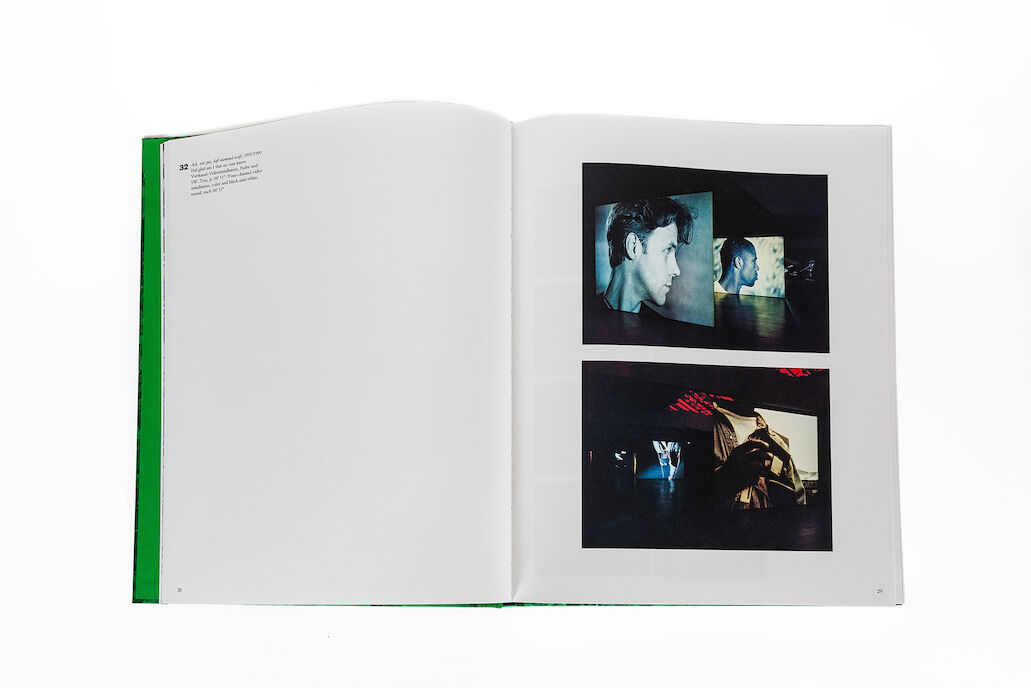Marcel Odenbach. So oder so
Marcel Odenbach's work is a rich and multifaceted exploration of contemporary art, spanning over four decades of artistic practice.
With the exhibition Marcel Odenbach. So oder so, the Kunstsammlung Nordrhein-Westfalen offers an extensive overview of the artist's oeuvre, reflecting 45 years of artistic engagement. Odenbach's filmic collages, installations, and performances have significantly contributed to the establishment of video art as a central medium in international contemporary art. Alongside his video work, Odenbach has developed an impressive body of paper works, which reflect his long-standing dedication to merging different media forms to address political, cultural, and historical themes.
Living in Cologne, Berlin, and at times in Biriwa, Ghana, Odenbach began his exploration with video art in 1976. His work is deeply influenced by an awareness of the transnational, sociopolitical, and historical issues of the time. His approach is characterized by the use of collage and montage, often connected to his own biography. Through these methods, Odenbach explores politically and culturally relevant topics, such as the image politics surrounding the RAF terrorism, the suppression of the Nazi era, the resurgence of anti-Semitism, and the deconstruction of stereotypes regarding the foreign and the exotic. In his works, he also critically examines the impact and legacy of European colonialism in Africa.Odenbach's distinctive artistic voice lies in his ability to balance subjective perspectives with a documentary interest in historical material, while also maintaining a fascination with the subtle power of images. This unique blend of techniques and themes has earned him significant recognition as one of the most prominent artists of his generation.
The title So oder so of the exhibition, which Odenbach chose for his presentation at K21, references the last stanza of a well-known poem by Thomas Brasch from 1971, capturing the retrospective nature of Odenbach’s open-ended and continuously evolving body of work. The poem's closing lines resonate deeply with Odenbach’s approach to art, symbolizing an openness to the continuous movement of creation: “(…) Wer schreibt der bleibt Hier oder weg oder wo Wer schreibt der treibt So oder so”









